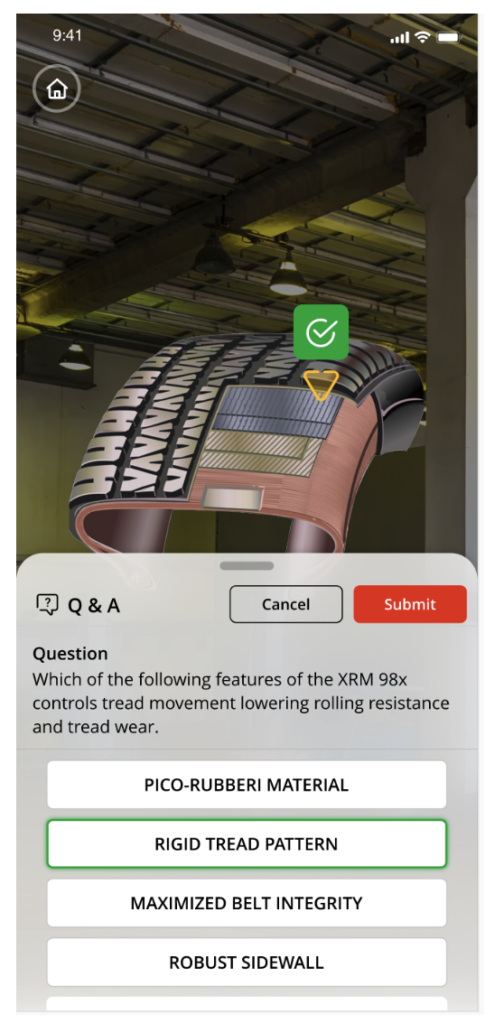In today’s digital age, learning and development have taken on a new dimension, and the adoption of a Learning Management System (LMS) has become a game-changer for educational institutions and businesses alike. If you’re exploring LMS for your organization or are simply curious about its potential, understanding Learning Management Systems functions is crucial. These systems simplify the management, delivery, and tracking of learning processes, helping to optimize education and training programs.
In this blog, we’ll break down some of the key functions that make an LMS and essential tool for modern learning
1. Content Creation and Management
One of the most fundamental LMS functions is the ability to create, organize, and manage educational content. Educators and trainers can easily develop courses using various media formats like videos, presentations, quizzes, and reading materials, some organizations are also leveraging extended reality and AI to improve learning experiences. The LMS provides a structured platform to organize these resources, ensuring learners can access materials at their own pace.
For example, an instructor can:
- Upload pre-recorded lectures
- Create interactive assignments
- Organize lessons into modules or units
This ensures a seamless flow of learning material and allows learners to revisit content when needed.
2. Learner Enrollment and Administration
An LMS simplifies learner enrollment and course administration. Learners can self-enroll in courses or be assigned learning paths based on their roles or performance levels. LMS functions also include managing different learning groups, automating registration, and tracking learner participation.
For businesses, this helps streamline onboarding, compliance training, or ongoing professional development programs by creating custom groups for specific teams or departments.

3. Tracking and Reporting
One of the most powerful learning management system functions is its ability to track learner progress and generate comprehensive reports. Administrators can monitor completion rates, assess engagement levels, and evaluate learning outcomes. This feature is invaluable in ensuring accountability and improving course effectiveness.
- Progress tracking allows both learners and administrators to see where individuals are in their learning journey.
- Reports and analytics help identify trends, gaps, or areas where learners might need additional support.
4. Assessments and Testing
Assessing learner performance is crucial, and LMS platforms are equipped with built-in tools to create and administer tests, quizzes, and assignments. These assessments can be automated, allowing for instant feedback. LMS functions also include the ability to customize quizzes or exams according to the level of difficulty or specific learning objectives.
For example, an organization could use an LMS to:
- Test employee knowledge on compliance protocols.
- Administer regular assessments to gauge knowledge retention.
- Use formative assessments to provide feedback and improve learner engagement.
5. Certification and Compliance Management
Many industries require certifications for specific roles or tasks. An LMS provides certification management, ensuring that learners who successfully complete a course or training program receive the necessary credentials. Additionally, some LMS functions are designed to handle compliance-related training and automatically notify learners when their certifications are about to expire, ensuring they remain up to date.
6. Social Learning and Collaboration
Learning is not just about consuming content; it’s also about interacting and collaborating with peers. Many Learning Management System functions include social learning features, such as discussion forums, chats, and group projects. These tools foster a sense of community, encourage collaboration, and allow for peer-to-peer learning, which enhances the learning experience.
Collaborative features enable learners to:
- Join discussion boards
- Participate in group assignments
- Share insights or resources with peers
This is particularly useful in environments where teamwork and group projects are vital to the learning process.
7. Mobile Learning and Accessibility
Modern LMS functions prioritize accessibility, enabling learners to access course materials and complete lessons from anywhere, on any device. This flexibility is key for learners who may not have consistent access to a desktop computer or those who prefer to learn on the go.
With mobile learning capabilities, LMS users can:
- Download lessons and view them offline
- Complete quizzes or assignments from their smartphones
- Participate in live webinars or discussions via mobile apps
8. Integration with Other Tools
A robust Learning Management System often integrates seamlessly with other systems, such as HR software, CRM tools, or content management systems. This interoperability allows for a more cohesive digital ecosystem, ensuring data can be shared across platforms, making workflows more efficient. Whether you want to integrate your LMS with an HR system to track employee performance or sync it with Zoom for live training, integration options expand the functionality of the LMS.
Conclusion
A Learning Management System does much more than serve as a digital classroom—it transforms the way learning is administered, tracked, and optimized. From content management and learner tracking to assessment and collaboration, the core Learning Management System functions play a vital role in modernizing education and training processes.
Whether you are an educator or a business leader, investing in an LMS can significantly enhance the efficiency and effectiveness of your learning programs, ultimately driving better results for learners and organizations alike.
By understanding these learning management system functions, you’re better equipped to choose the right platform that aligns with your educational goals or business objectives.



















